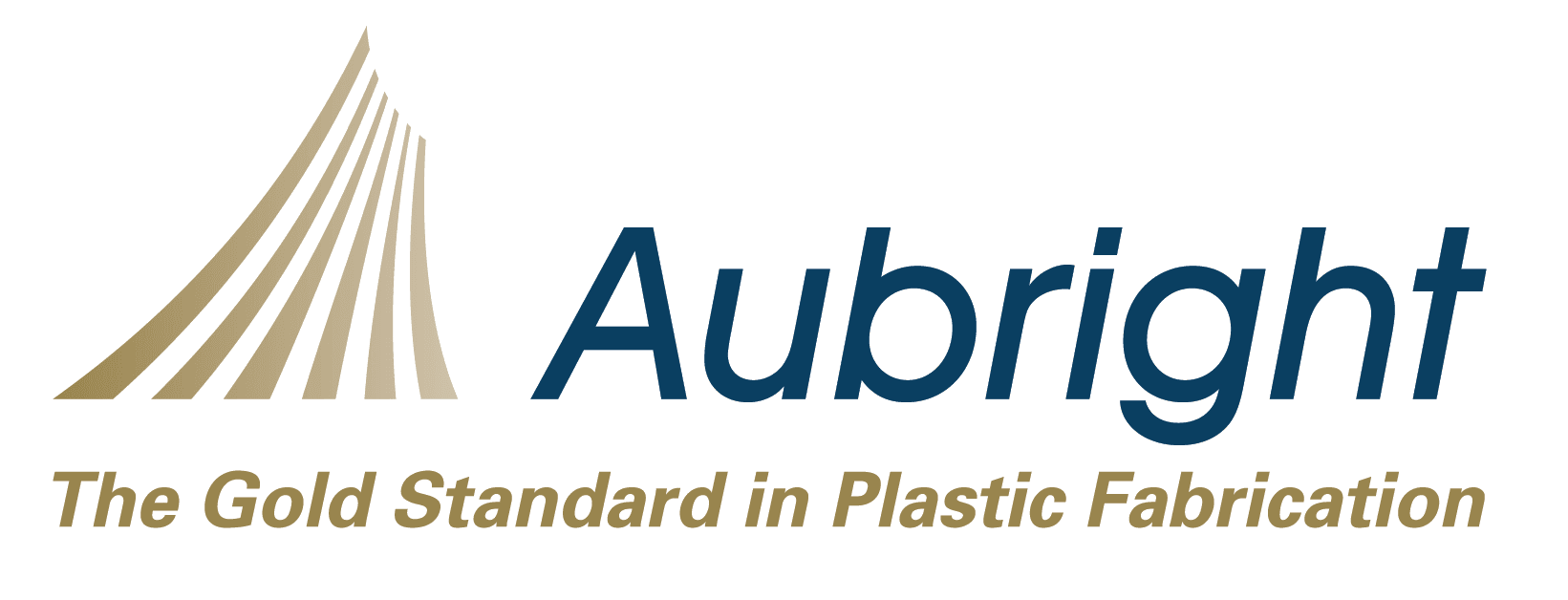Manufacturing polycarbonate parts for the powersports industry requires meticulous attention to detail and advanced engineering expertise. The process involves precision molding techniques to ensure the durability and strength of the final products. Moreover, quality control measures are essential to maintain high standards and meet industry regulations for quality and safety.
In this article, we will explore the unique properties of polycarbonate and how they contribute to the overall performance of powersports parts and components. We will also discuss the key considerations in manufacturing polycarbonate products.
Properties of Polycarbonate Influencing Powersports Equipment Performance
Here are the key characteristics of polycarbonate that benefit an equipment manufacturer:
- Impact resistance: Polycarbonate is highly impact-resistant, making it ideal for powersports equipment that may encounter rough terrain or collisions. Its ability to withstand impacts helps ensure the durability and safety of the equipment.
- Transparency: Polycarbonate offers excellent transparency, allowing for clear visibility through components such as windshields and visors. This enhances visibility for riders, promoting safer operation of powersports vehicles.
- Lightweight nature: The lightweight nature of polycarbonate compared to materials like metal helps reduce the overall weight of powersports equipment. This can improve maneuverability and fuel efficiency, particularly in vehicles like motorcycles and ATVs.
- Weather resistance: Polycarbonate is highly resistant to weathering, including UV radiation and extreme temperatures. This property ensures that the equipment maintains its performance and appearance even when exposed to harsh environmental conditions.
- Machinability: Unlike other materials, polycarbonate is relatively easy to machine, allowing for precise shaping and customization of parts for powersports applications. This facilitates the production of complex components with tight tolerances.
- Flexibility: Polycarbonate possesses a degree of flexibility, allowing it to withstand bending and deformation without breaking. This can be advantageous in powersports equipment subjected to dynamic forces and vibrations during operation.
Key Considerations in Manufacturing Polycarbonate Powersports Parts and Components
An OEM parts manufacturer often considers the following aspects to ensure the effectiveness and reliability of polycarbonate components:
Material Selection
When choosing the right grade of polycarbonate, it is crucial to consider UV stability, impact resistance, transparency, and chemical compatibility with extreme environments. Manufacturers must assess the specific requirements of each component and select the appropriate grade to ensure optimal performance and longevity.
Design for Manufacturability
Designing parts for efficient manufacturing is essential to streamline production processes and minimize costs. An OEM parts manufacturer should consider moldability, part geometry, draft angles, and tooling requirements. These elements will help optimize manufacturing efficiency while maintaining part functionality and performance.
Molding Techniques
The appropriate molding technique is critical for minimizing defects and achieving desired part characteristics. Thermoforming particularly vacuum forming involves heating a plastic sheet until pliable, then applying vacuum pressure to shape it over a mold. Meanwhile, drape forming utilizes a tunnel oven to heat the plastic sheet, allowing it to sag or drape over a mold under the force of gravity.
Quality Control
Implementing rigorous quality control measures is essential to guarantee consistency, accuracy, and compliance with industry standards and regulations. Manufacturers should establish comprehensive quality control processesincluding material inspection and performance testing to address defects early in production.
Surface Finishing
Polycarbonate parts may require surface finishing techniques such as polishing, coating, or printing to enhance aesthetics, durability, and functionality. Manufacturers should carefully consider the desired surface finish requirements and select appropriate methods to achieve the desired results while retaining part integrity.
Choose Aubright for Top-Notch Fabrication Services
At Aubright, we offer superior fabrication services supported by various manufacturing capabilities! Our design and engineering team leads the charge of infusing every project with a blend of technical expertise and creativity. We also prioritize innovation and adaptability, constantly seeking new technologies and methodologies to enhance our manufacturing processes.
Contact us today to partner with us on your next project!
